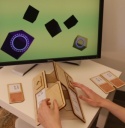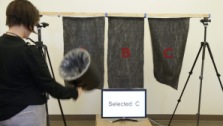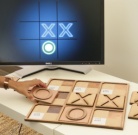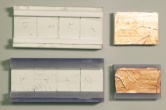Consumer-fabrication technologies potentially improve the effectiveness and adoption of assistive technology (AT) by engaging AT users in AT creation. However, little is known about the role of clinicians in this revolution. We investigate clinical AT fabrication by working as expert fabricators for clinicians over a four-month period. We observed and co-designed AT with four occupational therapists at two clinics: a free clinic for uninsured clients, and a Veteran’s Affairs Hospital. We find that existing fabrication processes, particularly with respect to rapid prototyping, do not align with clinical practice and its \textit{do-no-harm} ethos. We recommend software solutions that would integrate into client care by: amplifying clinicians’ expertise, revealing appropriate fabrication opportunities, and supporting adaptable fabrication.






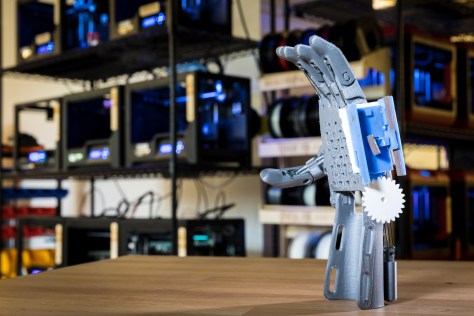










 A variety of 3D-printed upper-limb assistive technology devices designed and produced by volunteers in the e-NABLE community. Photos were taken by the fourth author in the e-NABLE lab on RIT’s campus.
A variety of 3D-printed upper-limb assistive technology devices designed and produced by volunteers in the e-NABLE community. Photos were taken by the fourth author in the e-NABLE lab on RIT’s campus.









